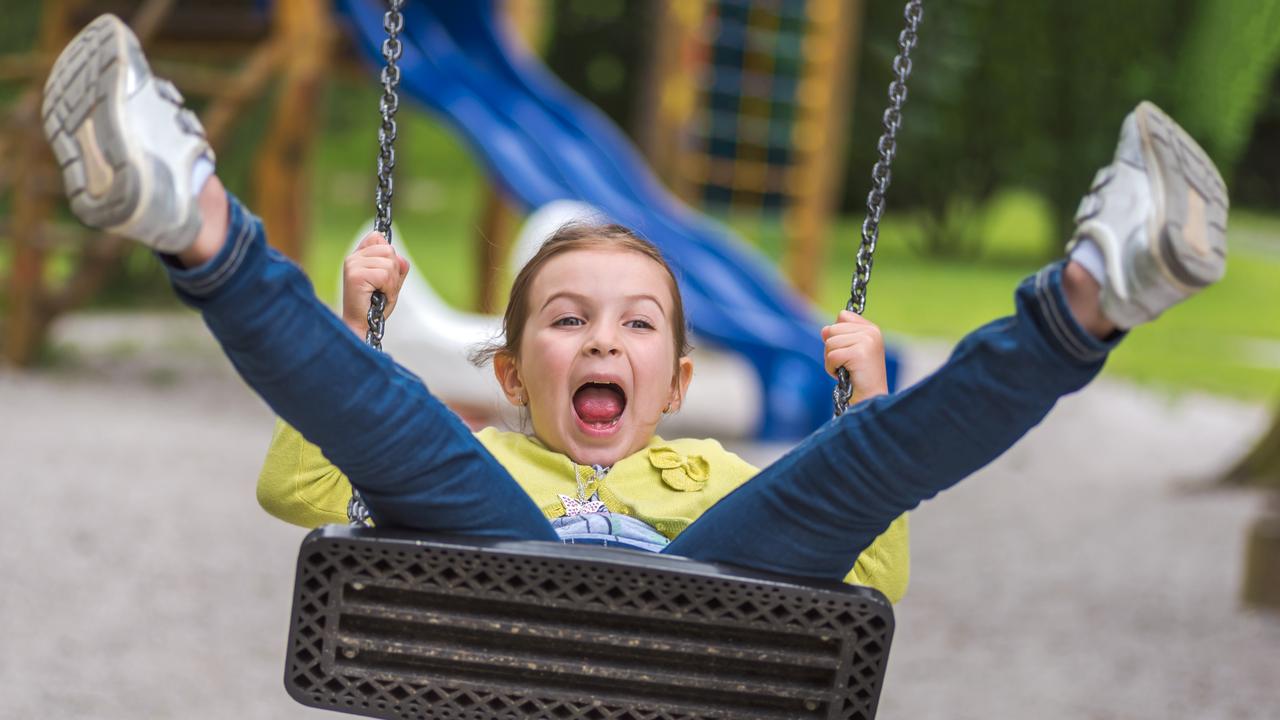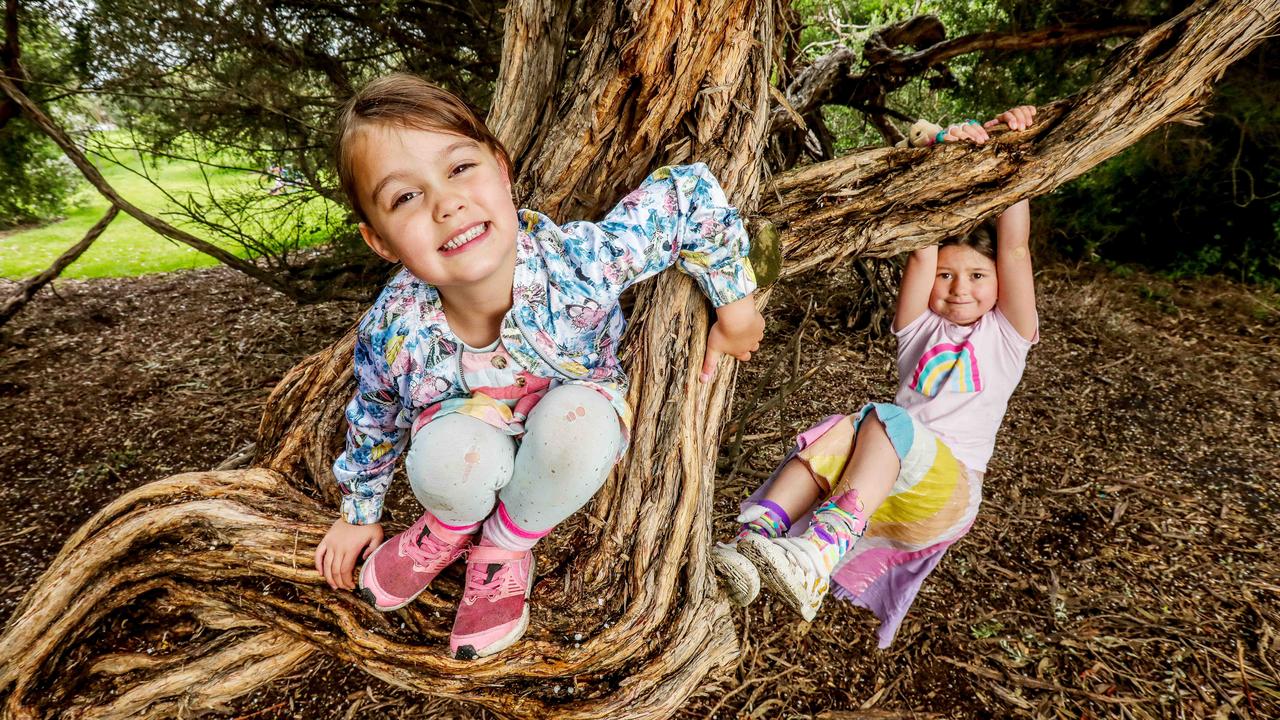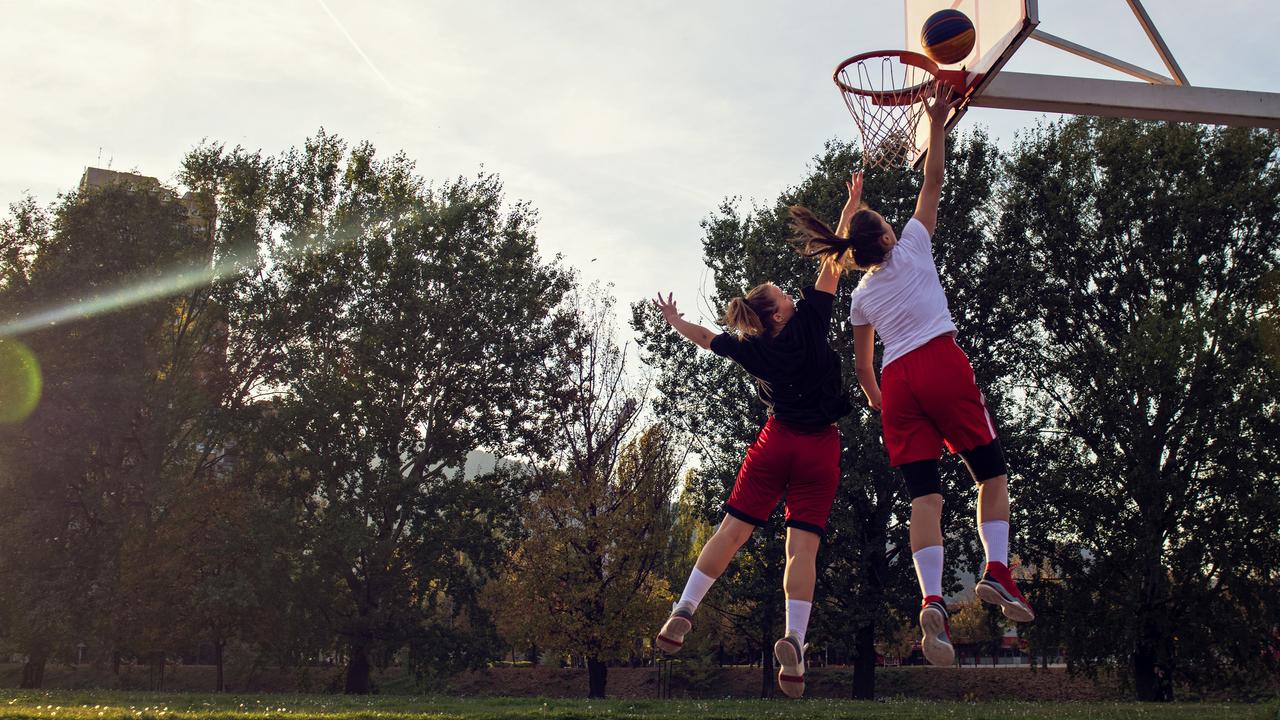Risk and adventure add up to fun at the park for Aussie kids
Flying foxes, trees for climbing, swings and obstacle courses are on the park wishlist for Aussie kids, new research reveals

READING LEVEL: GREEN
Kids want to take risks and have adventures in parks, with features like flying foxes, trees for climbing, swings and obstacle courses on their wishlists, new research has found.
The national study into suburban parks and playgrounds also found teens preferred places to hang out with friends, sports courts and cafes, while older adults wanted to relax in their parks.
Associate Professor Jenny Veitch and her team from Deakin University’s Institute for Physical Activity and Nutrition found that while children, adolescents and older adults all looked for different features in parks, all age groups benefited from well-designed urban* spaces that catered for play and relaxation.

Prof Veitch said the findings were important because many parks were an under-utilised* resource in the urban landscape.
“Covid-19 reminds us of the critical role parks play in our community,” she said.
“For many people during lockdown, visiting a nearby park has been one of the highlights of the day.
“They are a free space, easy to access and can have a significant impact on the health and wellbeing of all Australians.”
The Australian Research Council-funded study, ProjectPARK, surveyed more than 1700 Aussies and found well-designed parks should include different features for different age groups.

“Children like opportunities for physical challenge and risk and adventure, such as flying foxes, adventure playgrounds, trees for climbing, swings and obstacle courses,” Prof Veitch said.
“Adolescents like places to hang out with friends, sports courts, grassy open spaces, large swings, and cafes.
“Older adults enjoy more peaceful and relaxed settings with walking paths, shady trees and birdlife.”

The study found that planners and designers needed access to research that highlighted how to get the most value from spending on park refurbishments*.
“In a previous park refurbishment study, a cost-benefit analysis* showed it cost 58 cents to gain an additional hour of moderate exercise per person,” Prof Veitch said.
“Many councils do spend a lot of money on parks, but it must be the right expense that achieves the well-designed, attractive environments that are wanted by the public.
“Otherwise, we are wasting valuable space and funds.”
Prof Veitch said that creating active environments that facilitated* physical activity was a global priority, given the international trend to denser* urban living and rising obesity levels.
GLOSSARY
- under-utilised: not used fully
- urban: to do with the city and suburbs
- refurbishments: renovations; cleaning, decorating, providing new equipment and facilities
- cost-benefit analysis: a close examination that compares the benefits and costs of doing something
- facilitated: made something possible
- denser: more crowded, compacted
EXTRA READING
Increase in sitting prompts new physical activity push
Time outdoors is good medicine for hi-tech kids
QUICK QUIZ
- Name two features kids want in parks?
- Name two features teenagers want in parks?
- Name two features older people want in parks?
- Which university conducted this research?
- What is the study called?
LISTEN TO THIS STORY
CLASSROOM ACTIVITIES
1. Design the ideal park
Draw a bird’s-eye view of your own park design that includes all of the areas and features that people of different ages want, as identified in the ProjectPARK study.
Your map should also include:
- Grid references
- Labels
- A legend or key
- A scale
- A compass
Time: allow 40 minutes to complete this activity
Curriculum Links: English; Mathematics; Design and Technologies
2. Extension
Choose one area of your park design (e.g. the playground) to create a miniature 3D model of, using craft materials.
Time: allow 30 minutes to complete this activity
Curriculum Links: English; Mathematics; Design and Technologies
VCOP ACTIVITY
Creative vocabulary
Find a bland sentence from the article to up-level. Can you add more detail and description? Can you replace any “said” words with more specific synonyms?
Have you outdone yourself and used some really great vocabulary throughout your writing? Firstly, well done. Secondly, let’s ensure everyone can understand it by adding a glossary of terms. Pick three of your wow words and create a glossary for each word to explain what it means.

